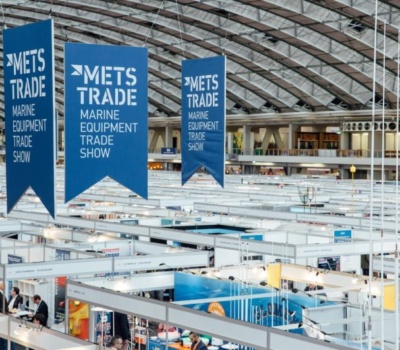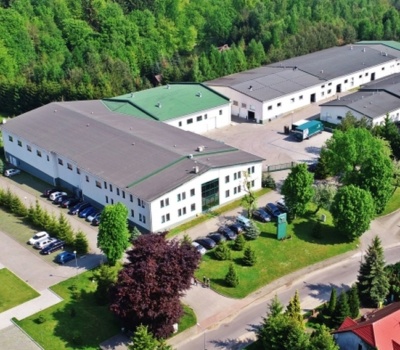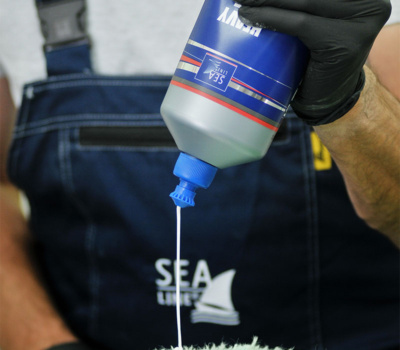The new black and white polishing pads in premium quality are intended primarily for polishing light and dark gel coats on laminate products, tool gel coats and PU varnishes.
They are perfect for removing matting and scratches on large surfaces. Most importantly, the new polishing heads optimize efficiency and reduce working time. Premium furs are designed to provide the best possible cutting speeds and forces. This is possible due to the fact that the fur is made of a high-quality mixture of 100% natural wool with equal length and twist of fibers.

It has a significantly extended useful life compared to other furs. The Long Life polishing pad is available in a single-sided version with a diameter of 190 mm and a double-sided version with a diameter of 230 mm.
An overview of polishing products for yachts and boats offered by the Sea-Line.
Other polishing products for use in the furniture and automotive industries can be found here.

We are expanding our offer by introducing two new products that will provide boat enthusiasts

Come and join us at METSTRADE 2023, METSTRADE the best event for marine industry professionals,

Visit us and our production plant without traveling

We are pleased to invite you to visit our YouTube channel. We’ve released new instant